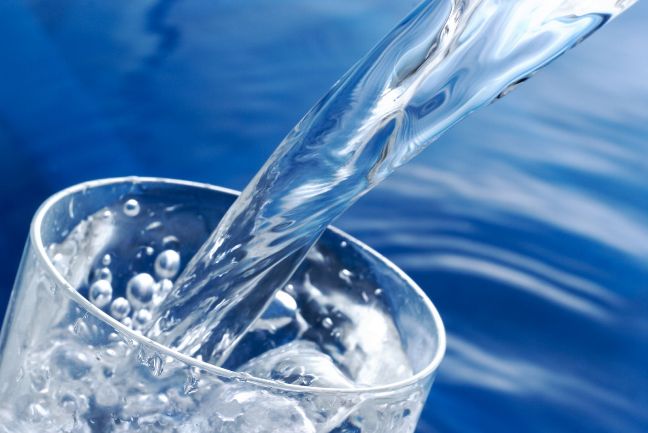Household Lead and its Effect on Drinking Water

Experts recommend flushing water left standing in household piping as a method of reducing trace amounts of lead in drinking water.
PROVIDENCE, RI – Providence Water has found elevated levels of lead in drinking water in some area homes and buildings. While drinking water that leaves the treatment plant in Scituate and journeys through the Providence Water distribution system has no detectable levels of lead, in our community some of the service pipes and plumbing fixtures like faucets, valves, brass pipes and pipe solder can contain lead.
An abundant supply made lead the metal of choice for plumbing use prior to the Second World War. In older homes built before 1947, there is a strong probability that some or all of the building’s pipes, fixtures and soldered plumbing connections consist of lead, brass or lead-‐based solder.
When standing water is exposed to lead pipes or fixtures and solder for more than a few hours, lead can leach into the standing water. This means the first water drawn from the tap in the morning, or later in the afternoon after returning home from work or school, can contain higher levels of lead.
Lead can cause serious health problems, especially for young children and pregnant women. It can cause damage to the brain and kidneys and can interfere with the production of red blood cells that carry oxygen to all parts of the body. To learn more information about the risks of lead and reducing lead exposure, go to the US Environmental Protection Agency website at www.epa.gov/lead.
Providence Water is now offering 10-year 0% interest loans for homeowners to replace private lead service lines. If a homeowner replaces their private side of the service line (from the curb stop/property line to the house), Providence Water will automatically replace the public side (from the water main in the street to the curb stop/property line) of the service line at no cost.
There are simple steps people can take to immediately reduce potential lead exposure from household plumbing:
- If water has not been used in the building for several hours, people should run water from a cold water faucet until it gets noticeably colder and then for an additional minute (usually 3-5 minutes total) before using the water for drinking or cooking. This colder water from the tap indicates that standing water in the home’s pipes has been flushed and displaced by water from the water main in the street, where exposure to lead is non-existent. The cost of the flushed water is about a penny and people can collect the flushed water to use for watering plants or for household cleaning to avoid waste.
- For families with babies and young children, formula and other meals should always be prepared with flushed cold water. Using hot water from the tap can cause trace lead amounts to leach from the home’s plumbing into the food source, even after a full flush.
- Families should also clean their home’s faucet aerators periodically. Lead from the home’s plumbing could accumulate undetected in the aerator screen and be in contact with water passing through, especially after any repair or replacement of lead-based plumbing or fixtures in the home.
- Unlike microbial contamination, boiling water does not reduce any lead levels in drinking water.
Since 1996, Providence Water has spent $58 million replacing lead services. Providence Water suspects that one out of every three of our customers’ homes have service lines that are either fully or partially made of lead.
Working closely with our Expert Panel and the Rhode Island Department of Health, Providence Water continues to evaluate our water treatment process to make the water less corrosive in an effort to reduce lead levels in homes that may have lead plumbing.
To find out if a residence has lead plumbing or public lead service lines:
- Check the interactive map on the Providence Water web site to find out if a home has public lead service lines. It is important to note that even if the home doesn’t have a lead service line, it may still have a private lead service pipe, or lead in fixtures or in house plumbing.
- Providence Water retail customers in Providence, Cranston, North Providence, Johnston and Smithfield can request to have a FREE lead test kit mailed to their home or business to test their drinking water. For more information on how they can receive a test kit by mail or for additional information on how they can get their water tested, Providence Water customers can call (401) 521-6303.
Additional information about lead and drinking water is published on Providence Water’s website at www.provwater.com/lead

